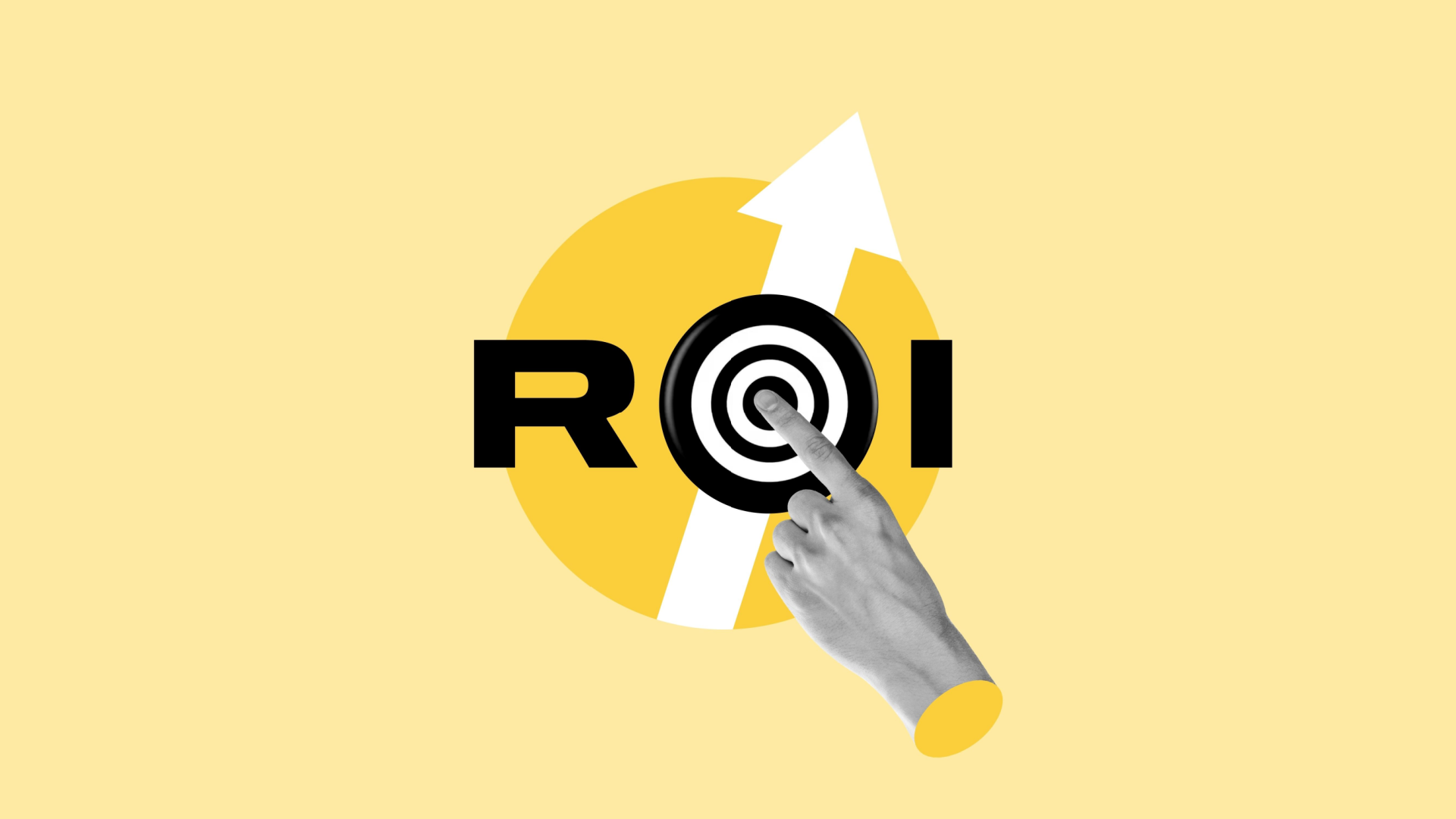In the world of online shopping, category pages play a crucial role in guiding customers to the products they want. Understanding how to optimize these pages for search engines can significantly improve visibility and sales. This article covers important strategies and best practices for enhancing your e-commerce category pages’ SEO.
Key Takeaways
- Category pages help users find products easily, improving the shopping experience.
- A well-structured category page can boost your website’s search engine ranking.
- Using clear URLs and breadcrumbs makes navigation simple and user-friendly.
- High-quality images and consistent layouts can enhance user engagement.
- Monitoring SEO performance helps identify areas for improvement and growth.
Understanding the Importance of Category Page SEO

When I think about e-commerce, one of the first things that comes to mind is the importance of category pages. These pages play a crucial role in how users and search engines interact with a website. They help organize products and make it easier for customers to find what they need.
Role of Category Pages in E-commerce
Category pages are like the shelves in a store. They group similar products together, making it easier for shoppers to browse. This organization not only helps users but also allows search engines to understand the structure of your site. When users can find what they want quickly, they are more likely to make a purchase.
Impact on Search Engine Rankings
Search engines look at category pages to determine how relevant a site is to specific search queries. If your category pages are well-optimized, they can rank higher in search results. This means more visibility for your products and potentially more sales. Optimizing these pages is essential for driving traffic.
Driving Traffic and Conversions
By improving your category pages, you can attract more visitors to your site. Here are a few ways to do this:
- Use clear and descriptive titles.
- Include relevant keywords in your content.
- Make sure your pages load quickly.
Improving category pages is not just about SEO; it’s also about enhancing the user experience. When users find what they need easily, they are more likely to convert into customers.
In summary, category pages are vital for both user experience and search engine optimization. By focusing on these pages, I can help my e-commerce site thrive in a competitive market.
Structuring Your Category Pages for Optimal SEO
When it comes to e-commerce, how we structure our category pages can make a big difference. A well-organized category page not only helps users find what they need but also boosts our SEO. Here are some key points to consider:
Logical Organization of Categories
- Start with broad categories and break them down into more specific subcategories.
- Use clear and descriptive names for each category to help users and search engines understand what they contain.
- Make sure related products are grouped together to enhance user experience.
Creating SEO-Friendly URL Structures
- Keep URLs simple and relevant. For example, use example.com/women/clothing instead of example.com/category123.
- Use lowercase letters to avoid confusion and potential errors in linking.
- Incorporate keywords in your URLs to improve search visibility.
Utilizing Breadcrumb Navigation
- Breadcrumbs help users know where they are on your site and make it easier to navigate back to previous pages.
- This feature is not only user-friendly but also helps search engines understand the structure of your site.
- Implementing breadcrumbs can reduce bounce rates and keep visitors engaged longer.
Structuring your category pages effectively is crucial for both user experience and SEO performance.
By focusing on these elements, we can create category pages that are not only easy to navigate but also optimized for search engines. This way, we can attract more visitors and potentially increase our sales!
Enhancing On-Page Elements for Better SEO
When it comes to improving your e-commerce category pages, focusing on on-page elements is key. These elements help both search engines and users understand your content better. Here’s how I enhance these elements:
Optimizing Category Headings
I always make sure to use clear and descriptive headings. The H1 tag should reflect the main topic of the page. This helps search engines know what the page is about and guides users to find what they need quickly.
Incorporating Keyword-Rich Content
Adding relevant content is crucial. I include information that answers common questions about the products in that category. For example, if I’m selling outdoor gear, I might explain the materials used or the benefits of certain products. This not only helps with SEO but also engages potential buyers.
Improving Metadata for Visibility
I pay close attention to title tags and meta descriptions. These should include the main keywords and be enticing enough to encourage clicks. I keep the title tags under 60 characters and meta descriptions under 155 characters to ensure they display properly in search results.
By enhancing these on-page elements, I can significantly improve the visibility of my category pages in search results.
In summary, focusing on these three areas can lead to better SEO performance for your e-commerce category pages. Here’s a quick checklist:
- Use clear and descriptive headings.
- Add keyword-rich content that answers user questions.
- Optimize title tags and meta descriptions for better visibility.
Technical SEO Best Practices for Category Pages


When it comes to optimizing category pages for search engines, there are several technical aspects I focus on to ensure success. These practices can significantly improve your site’s visibility and user experience.
Ensuring Fast Page Load Speeds
One of the first things I check is the loading speed of my category pages. If a page takes too long to load, visitors might leave before they even see what I have to offer. Here are some tips to improve load speeds:
- Compress images to reduce file size.
- Minimize the use of heavy scripts.
- Use a reliable hosting service.
Implementing Structured Data and Schema Markup
Adding structured data helps search engines understand the content of my pages better. This can lead to rich snippets in search results, which can attract more clicks. I often use schema markup to define my products, categories, and reviews clearly.
Managing Redirects and Canonical Tags
Redirects and canonical tags are crucial for maintaining a clean URL structure. I make sure to:
- Use 301 redirects for moved pages to preserve SEO value.
- Implement canonical tags to avoid duplicate content issues.
- Regularly check for broken links and fix them promptly.
By focusing on these technical aspects, I can create a more user-friendly experience while boosting my site’s SEO performance.
In summary, optimizing category pages involves ensuring fast load times, using structured data, and managing redirects effectively. These steps help both users and search engines navigate my site more easily, leading to better engagement and higher rankings.
Design and Usability Considerations


When it comes to e-commerce, the design of your category pages is crucial. A well-designed page not only looks good but also helps users find what they need easily. Here are some key points to consider:
Creating a Consistent Layout
A consistent layout is essential for a smooth shopping experience. Here’s how to achieve that:
- Standardize design elements: Use the same colors, fonts, and button styles throughout your site.
- Create a uniform page structure: Keep navigation menus and product categories in the same place on every page.
- Use branded visuals: Make sure images and graphics match your brand’s identity.
- Make your website responsive: Ensure it looks good on all devices, from phones to desktops.
Ensuring High-Quality Visuals
High-quality images can make a big difference in how customers perceive your products. Here’s why:
- 83% of online shoppers say product images are extremely influential in their buying decisions.
- 94% higher conversion rate is seen with high-quality images.
- Allowing customers to post their own photos can add authenticity to your product listings.
Responsive Design Across Devices
With more people shopping on their phones, it’s vital to have a mobile-friendly site. Here are some tips:
- Responsive design: Your site should adjust to any screen size.
- Intuitive UI: Make navigation easy and straightforward.
- Mobile speed: Ensure your pages load quickly on mobile devices.
A great design not only attracts customers but also keeps them coming back.
By focusing on these design and usability aspects, you can create a category page that not only looks appealing but also enhances the overall shopping experience for your customers. Remember, a good design can lead to higher conversions and customer satisfaction!
Leveraging Off-Page SEO Strategies


Building Quality Backlinks
Building quality backlinks is crucial for improving your site’s authority. Backlinks act like votes of confidence from other websites. Here are some ways to earn them:
- Create valuable content that others want to share.
- Reach out to bloggers and ask them to link to your content.
- Guest post on relevant sites to include links back to your category pages.
Utilizing Social Media for Promotion
Social media is a powerful tool for driving traffic to your category pages. I often share my latest products and promotions on platforms like Facebook and Instagram. Here’s how to make the most of it:
- Post regularly to keep your audience engaged.
- Use eye-catching visuals to attract attention.
- Encourage followers to share your posts to reach a wider audience.
Collaborating with Influencers
Working with influencers can help you reach new customers. They can promote your products to their followers, which can lead to more traffic and sales. Here are some tips for successful collaborations:
- Choose influencers whose audience matches your target market.
- Offer them free products in exchange for reviews or mentions.
- Track the results to see which partnerships are most effective.
Off-page SEO is about building relationships and trust. The more quality connections you make, the better your site will perform in search results.
By focusing on these off-page strategies, I can enhance my site’s visibility and drive more traffic to my e-commerce category pages. Remember, it’s not just about what’s on your site, but also how others see and link to it!
Monitoring and Analyzing SEO Performance
Using SEO Tools for Insights
To really understand how well my category pages are doing, I rely on various SEO tools. These tools help me track important metrics like traffic, rankings, and user behavior. Some popular tools I use include:
- Google Analytics: This shows me how many visitors come to my pages and what they do.
- Google Search Console: I can see how my pages rank in search results and fix any issues.
- SEMrush: This tool helps me analyze my competitors and find new keywords to target.
Tracking Key Performance Indicators
I focus on several key performance indicators (KPIs) to measure success. Here are the top three I keep an eye on:
- Organic Traffic: The number of visitors coming from search engines.
- Conversion Rate: The percentage of visitors who make a purchase.
- Bounce Rate: The percentage of visitors who leave without interacting with the page.
Adjusting Strategies Based on Data
After gathering data, I always make adjustments to improve my SEO. Here’s how I do it:
- Analyze Trends: I look for patterns in the data to see what’s working and what’s not.
- Test Changes: I try different strategies, like changing keywords or page layouts, to see what boosts performance.
- Stay Updated: SEO is always changing, so I keep learning about new trends and techniques.
In the world of e-commerce, monitoring and analyzing SEO performance is crucial. It helps me make informed decisions that can lead to better visibility and increased sales.
By focusing on these areas, I can ensure my category pages are optimized for success and continue to drive traffic and conversions effectively.
Highlighted Context
- e-commerce SEO is a marketing technique that helps give your store higher visibility on search engine results pages (SERPs).
Frequently Asked Questions
What are category pages in e-commerce?
Category pages are sections of an online store that group similar products together. They help customers find what they’re looking for more easily.
Why is SEO important for category pages?
SEO helps category pages show up in search results. This means more people can find your products, which can lead to more sales.
How can I organize my category pages?
You should group products logically. Start with broad categories and then create more specific ones to help customers navigate easily.
What should I include on my category pages for better SEO?
Make sure to use clear headings, include descriptions with keywords, and optimize the URL structure to help search engines understand the content.
What is structured data and why is it important?
Structured data helps search engines understand the information on your page better. This can improve how your page appears in search results.
How can I track the performance of my category pages?
You can use tools like Google Analytics to see how many visitors your category pages get and how they interact with your site.





